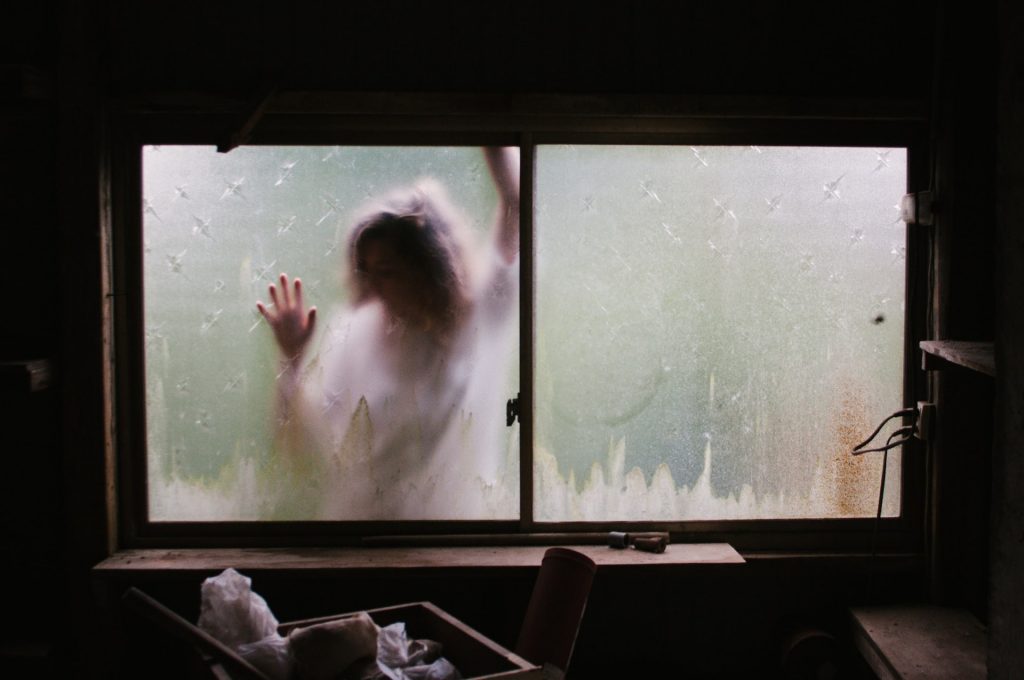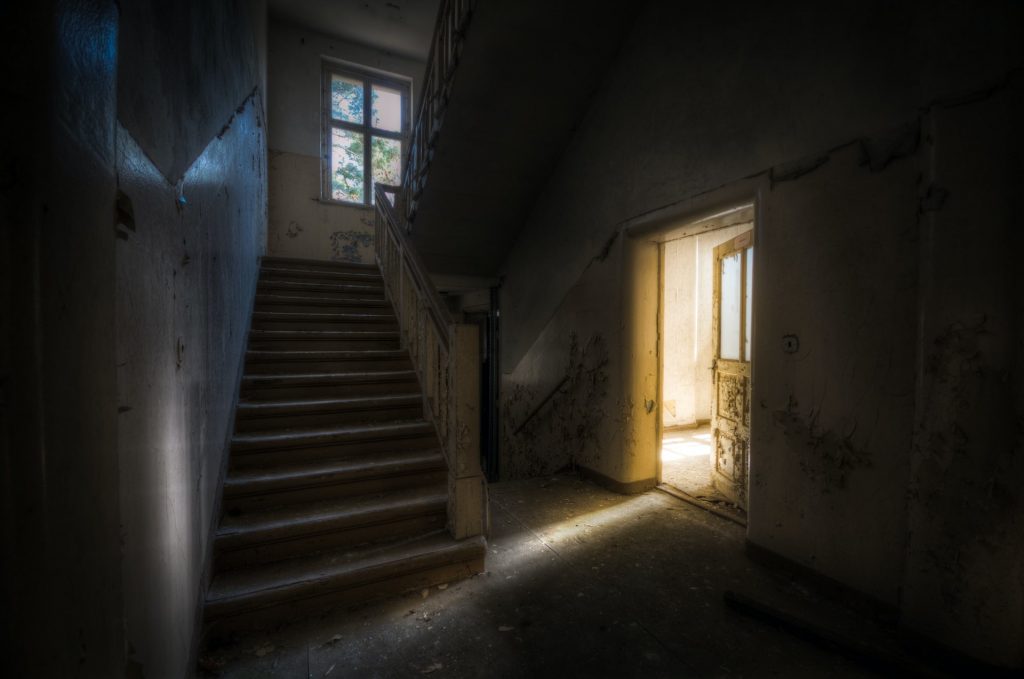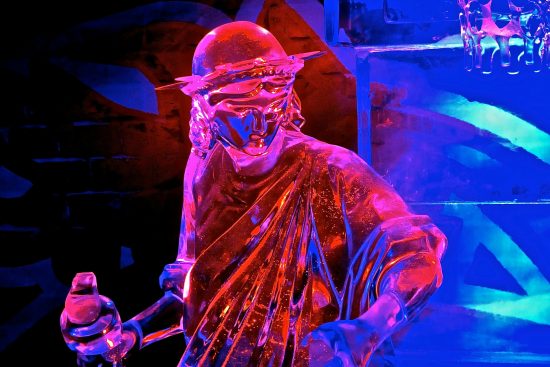
Urban legends are more than just stories; they are modern folklore, rich with cultural significance and mysterious allure. These tales, passed down through generations, weave together the fears, hopes, and values of a community, often reflecting the character of the place they originate from. As we embark on this journey through shadowy city streets and whispered secrets, we delve into the heart of what makes urban legends a fascinating subject of study. They are the narratives that shape our understanding of the urban landscape, infusing the mundane with a sense of wonder and caution. This exploration is not just about the thrill of eerie tales; it’s about understanding the psychological and social underpinnings that give life to these legends. Welcome to a world where the line between truth and fiction blurs, and every corner can tell a story.
Origins and Evolution of City Myths
Urban legends, much like the cities they haunt, are never static; they evolve with society, technology, and cultural shifts. At their core, these tales often begin as simple stories or cautionary tales, whispered in the dark corners of a city or among groups seeking to explain the unexplainable. Over time, these narratives adapt, taking on new elements or transforming to fit contemporary contexts.
The urban legends bloody mary cast is one such example, morphing from folklore to a popular trope in movies and media, illustrating how these stories expand beyond their original bounds. These legends serve as a mirror, reflecting societal anxieties, moral lessons, or just the thrill of a good scare. Understanding their origins and how they’ve changed over time offers a window into the collective psyche of a community and the human inclination towards storytelling. Each legend, with its own unique genesis and trajectory, weaves a complex tapestry of the urban experience.
Famous Urban Legends Across the U.S.

The United States is a rich tapestry of urban legends, each city boasting its own set of eerie tales and mysterious occurrences. Some of these have become almost as famous as the cities themselves, captivating the imagination of residents and visitors alike.
Here are a few notable urban legends that continue to intrigue:
- The Jersey Devil of the Pine Barrens: A fearsome creature said to roam the forests of New Jersey.
- The Vanishing Hitchhiker: Countless variations exist nationwide of this spectral traveler.
- The Mothman of Point Pleasant: A winged creature purportedly seen before disasters.
- Resurrection Mary of Chicago: A ghostly figure hitchhiking near Resurrection Cemetery.
- The Bell Witch of Tennessee: A malevolent entity tormenting the Bell family.
These stories, while diverse, share common threads of mystery and morality, reflecting the complexities of American culture. For a deeper dive into these legends and their impacts, resources like the American Folklore Society offer extensive research and analysis. Delving into these tales reveals much about the fears and values of the communities they originate from, painting a picture of America’s rich cultural landscape.
Decoding the Message Behind Myths
Urban legends often carry deeper meanings, acting as contemporary folklore that resonates with societal concerns and values. These stories aren’t just for entertainment; they frequently serve as cautionary tales, warning listeners about the dangers of certain behaviors or the consequences of straying from societal norms. By decoding these messages, we can gain insight into the collective anxieties and moral compass of a community. For instance, tales of mysterious creatures might symbolize the fear of the unknown or the dangers lurking in uncharted territories.
Stories of ghostly apparitions often reflect a community’s relationship with its past and the unresolved issues that haunt it. Similarly, legends involving punishment for certain actions might underscore cultural taboos or ethical lessons important to the community. Understanding the symbolic language of urban legends offers a window into the heart of human fears and desires, revealing much about the cultural and psychological landscapes from which they emerge.
Impact of Legends on Modern Culture

Urban legends do more than scare and entertain; they influence various aspects of modern culture, including literature, movies, and even public awareness campaigns.
The impact of these tales can be seen in several areas:
- Entertainment: Urban legends often inspire films, novels, and TV shows, tapping into the universal appeal of mystery and horror.
- Social Behavior: Some legends lead to cautionary behaviors or even moral panics, reflecting and sometimes shaping societal concerns.
- Cultural Identity: These stories contribute to a sense of shared history and values, strengthening community bonds.
To explore how urban legends permeate and affect cultural expressions and behaviors, a visit to a resource like the Smithsonian Center for Folklife and Cultural Heritage can provide a wealth of information.
The stories passed down through generations are not just idle tales; they’re living parts of culture, evolving and adapting but always reflecting the core human fascination with the unknown and the unexplained. By examining the impact of these legends, we can appreciate their enduring role in shaping cultural norms and inspiring artistic expression.
Urban Legends in Digital Era
The digital era has transformed urban legends, amplifying their reach and giving birth to new variations at an unprecedented pace. The internet has become a fertile ground for these myths to spread and evolve, crossing geographical boundaries and becoming part of a global narrative. Modern technology has also introduced new themes into urban legends, reflecting contemporary fears about privacy, cyber-security, and artificial intelligence. The virality of these stories often leads to faster dissemination and more widespread belief, sometimes blurring the lines between fiction and reality.
Yet, amidst this digital evolution, the core allure of urban legends remains: the thrill of the unknown and the communal experience of shared stories. For insights into how digital culture interweaves with traditional storytelling, exploring urban art movements can reveal the dynamic ways communities express and perpetuate narratives. This digital transformation ensures that urban legends will continue to captivate and terrify, evolving alongside the very societies they haunt.
The Legacy of Urban Myths
As we conclude our exploration of urban legends, it’s clear they are an enduring part of our cultural fabric, continuously evolving and shaping our understanding of the urban environment. These tales not only entertain but also reflect and influence the cultural and societal dynamics of their times. The legacy of urban myths is their persistent ability to captivate imaginations and provoke discussions, bridging the past with the present and future.







